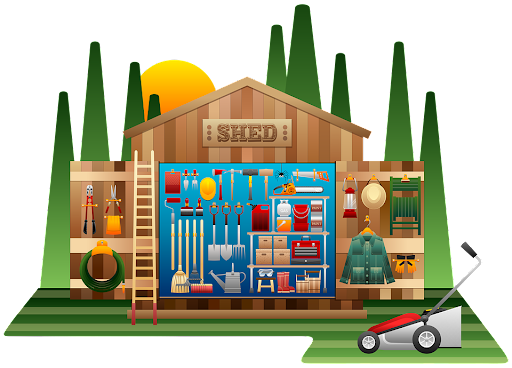
Image Credit: Viscious-Speed/ Pixabay
A New Year calls for a new challenge. But why waste time on the same old diet fads and exercise regimes when you can spend time doing what you love? If you’re like me, you’ll know that the humble garden shed can be transformed into a sanctuary.
Somewhere to switch off and focus on yourself. A place where all you need to worry about is the sharpness of your shears and where you left those darn screws! So, with that in mind, here are our top ten tips to get your garden shed good to go!
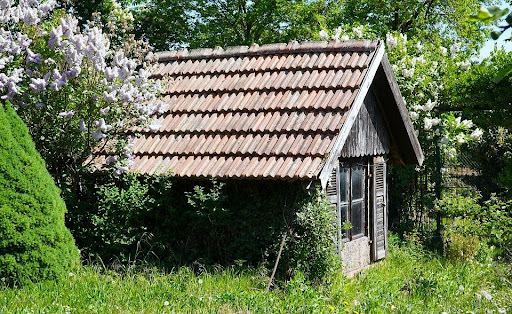
Image Credit: matthiasboeckel /Pixabay
Start on the outside
It’s often hard to know where to start with big organisation projects. Plant pots or paintbrushes first? Sweep the floor or sort your saws? But before you worry about the inside of your shed, it’s crucial to look after the outside. A leaky roof or a draughty door promise to leave any shed in ruins.
Treating the outside of your wooden shed with a simple waterproof coating is an essential first step to protect your tools from damp and rust. Beyond that, make sure any gaps in your frame are filled. Oh, and don’t forget to clean your gutters!
Reuse and recycle
Bits of string. Assortments of screws and washers. Every UK garden shed has a whole variety of bits and bobs lying around, just waiting to be organised. If you search for small storage solutions on Pinterest or other hobby sites, you might find a quick solve – like prefabricated plastic draws to categorise small items.
But be warned! These draws are often poorly constructed, and cheaper options exist. Jam jars and sweet tins make perfectly sustainable and cheap storage solutions! Worried you’ll forget which screw lives where? Simply hot glue one item to the outside of each jar and you’ll never lose those wooden dowels again!
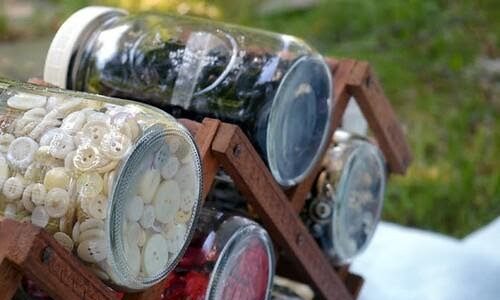
Swipe Right on Hinges
A sad reality for any garden shed aficionado is the insufficient space in so many wooden sheds. Finding neat ways to store stationary tools is imperative. Sturdy hinges, like those salvaged from old fire doors, offer a perfect solution. Is your lathe sucking up space? Simply mount it to a baseboard, add a hinge, and your tool can be propped up against one corner of your workbench.
This can create vital space for your other projects. Whether it’s a lathe, mitre saw or drill press, a hinge is always there to save the day by saving space.
Raise The Roof
Gretchen Rubin tells us to ‘look for happiness under your own roof’. But your roof is also where you should look for your rake! Space is a rare commodity in most sheds, with shelving, workbenches, and large tools taking up the majority of your precious floor space.
But look upwards, and opportunity will stare you in the face. While the sad reality is that most sheds simply aren’t sturdy enough to insert a mezzanine roof, a series of well-anchored beams – (I use 2x4s) – creates the perfect resting space for rakes, forks, and spades.
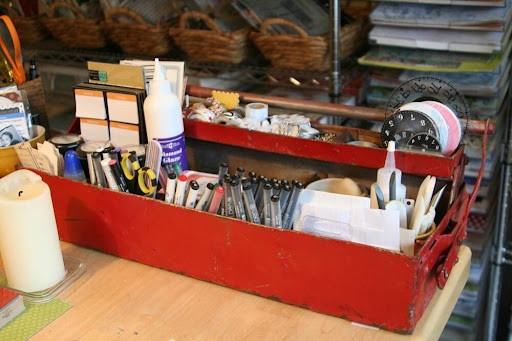
Image Credit: Ali Edwards / Flickr
Peg Boards: An Enemy of the People
One of the most infuriating trends in modern shed discourse is the emphasis on style over substance. Enter a Google search for a well-organised shed or workshop, and you will be confronted by metres of neatly presented pegboards.
While the peg board may seem like a fantastic storage solution on its first day in the office, you’ll soon find it to be a fickle friend. To put it in a nutshell, pegboards are the enemy of adaptation! Any new addition to your tool collection instantly faces a problem. Where to peg it?
Using such a prescriptive storage solution can really hold you back and finding where things live after a long day of work really isn’t worth the frustration. Tradition is sometimes scorned, but when finding a home for your hammer, tradition is best. Use a toolbox for your workshop!
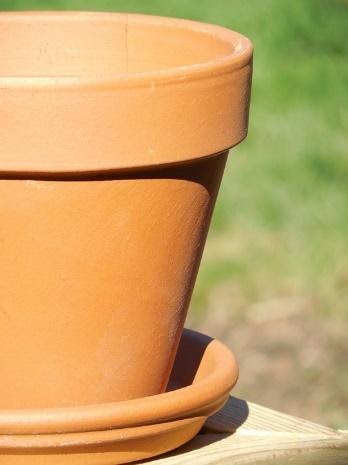
Image Credit: StillWorksImagery / Pixabay
Does It Give You Joy?
In her hit TV programme, Tidying Up with Marie Kondo, Marie asks all her subjects to approach each item they own with a simple question: ‘Does it give you joy?’.
While many of you may look at a pile of porcelain plant pots and declare that they do indeed give you joy, I would suggest asking a different question: ‘Does it need to be in my shed?’ Unlike your precious tools, sturdy plant pots will do just fine sitting in the garden unattended. Removing what isn’t essential will open up a surprising amount of space!
The Man on the Grassy Knoll
While not much gardening news hit the front pages of Dallas in 1963, there is something we can learn from knolls! First created by Andrew Kromelow in 1987, ‘knolling’ is an organisation technique that will help you keep your projects on track and your garden shed spick and span.
The mechanic’s response to mise en place, knolling is the organisation of every item you will need in a project ahead of time. Simply lay out all your items on a flat surface before you start a project, and you will save time and mess! No more hunting for a missing No.6 Hex Nut halfway through your project, simply pick it out from your knolling station!
It’s YOUR Shed
There aren’t many spaces in a shared home that you can call your own. After all, no man is an island. But then again, John Donne wasn’t talking about sheds. Your shed is YOUR SHED. If you dream of creating a well-organised workspace, then the kids need to find somewhere else to keep their footballs. Secure outdoor toy boxes are a great alternative. Not only does this keep your young ones away from potentially dangerous tools, but it also ensures that your shed remains the calm, well-organised workspace you deserve.
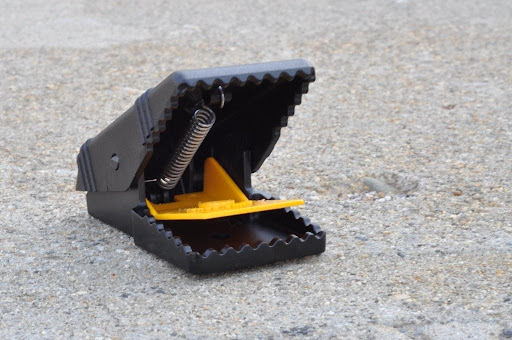
Image Credit: James Lee / Flickr
It’s a Garden Shed, Not Mickey Mouse’s Bed!
Unwanted visitors are painful at the best of times. But seeing your mother-in-law at Christmas shouldn’t be your biggest fear! Mice are a common phobia in the UK, but proud shed owners should be particularly afraid of our furry friends.
With their flexible frames and sharp teeth, mice pose a unique threat to our garden sheds. Bags of compost can be ruined, bulbs gnawed to their cores, and phantom scents threaten to haunt your shed forever! More worrying still is the host of other critters mice may bring in their wake.
Unfortunately, there are no easy steps when it comes to pest control, and you must be constantly vigilant. While traditional spring-loaded traps are still available, many people now prefer non-deadly alternatives. Whatever solution you choose, it is important to make a plan and to check traps regularly.
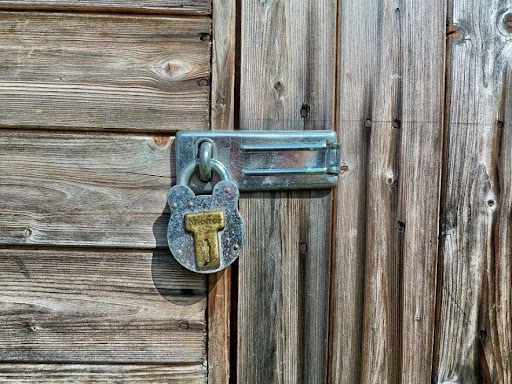
Security is a Process, Not a Product
Congratulations! If you’ve got this far, your shed should be well on the way to becoming a neater, more functional space. But there is a final consideration we should all take seriously. While sheds are often a target of thieves and burglars, there are simple steps we can all take to protect our tools and belongings.
It’s hard to overstate the benefits of a good padlock when used in conjunction with a door lock. Make sure your padlock fittings are securely fitted. After all, your shed’s security is only as strong as its weakest link. Another simple step we can take is obscuring windows, hopefully deterring opportunist thieves. A simple blind or curtain should do just the trick.
We do hope that you enjoyed some of these tips and will be trying them out yourself. Do you have any great hacks or tips for organising garden sheds? Let us know!
